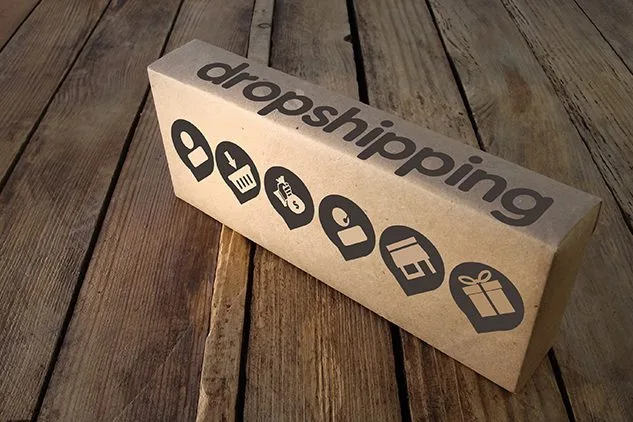5 Hidden Truths About Dropshipping
Here are 5 truths you need to know about dropshipping.
There’s a lot of debate about the efficacy of dropshipping. Some businesses love it, while others prefer to house and ship their inventory themselves.
Whether you’re wondering why businesses choose to go the dropshipping route in the first place, or you’re considering it yourself — here are 5 truths you need to know about dropshipping.
Supply Chain Efficiency
An unspoken benefit of dropshipping is the increased level of efficiency seen in the supply chain. Since suppliers ship orders to customers directly, retail and eCommerce businesses don’t have to go through a multi-step process to move inventory into their fulfillment centers and then on to their customers’ homes.
As a result, these teams have fewer moving pieces to coordinate — like carriers and fulfillment teams. And that means they have more time to focus on projects like customer care and product innovation.
Less Overhead
When you choose “dropshipping” as a primary method of fulfillment, you automatically decrease your overhead. Why? Because passing off your inventory to the wholesaler means you no longer need the same amount of space for product storage and order fulfillment.
This level of cost savings can be a major boon to small retail and eCommerce brands, as many don’t have the infrastructure or capital to afford the warehouse space, fulfillment operations, packaging, and inventory needed to keep their business running smoothly. However, business owners and fulfillment teams also need to think through dropshipping expenses that could cut into their profit margins, before making a decision.
Simplifies Business Growth
Often, growing a retail or eCommerce business can put a lot of strain on fulfillment teams and stretch their operations thin. But if you want to compete, you can’t avoid it either.
Dropshipping makes it easier to manage those quick bursts of growth because it allows you to hand off the excess inventory and fulfillment responsibilities to your suppliers until you have the infrastructure in place to meet the demand. At the same time, dropshipping enables you to handle peak season shopping more easily by allowing you to scale up and down as needed to deliver products to your customers.
However, the trick here is to find suppliers with a good track record and the ability to handle your expected order demand quickly and professionally. Otherwise, you can wind up with unhappy customers and a higher churn rate.
Eliminates Dead Inventory
No business wants dead inventory. Besides being a sunk cost, it’s also difficult to get rid of.
One of the nice things is that dropshipping eliminates dead inventory altogether. Instead of buying thousands of products upfront and hoping your customers purchase them, you can simply pay for products as your customers buy them. And since your capital isn’t tied up in any pre-purchased inventory, the “duds” you list on your website won’t cost you anything when you rotate them out for a new product.
More Freedom to Experiment
Since dead inventory can amount to huge losses for eCommerce businesses, many have a low risk-tolerance for experimentation. As a result, customers are often stuck with standard, staple products and items that are already trending.
With dropshipping, this risk evaporates as brands are no longer on the hook for unpurchased inventory. As a result, those that adopt dropshipping can afford to be more experimental with their inventory and offer a larger variety of products to their customers.
Dropshipping offers a lot of benefits to those who choose to try it — like greater supply chain efficiency, experimentation freedom, ease of growth, and less dead inventory and overhead. And best of all, with the right Dropship Management partner, you can access these benefits even more easily.
